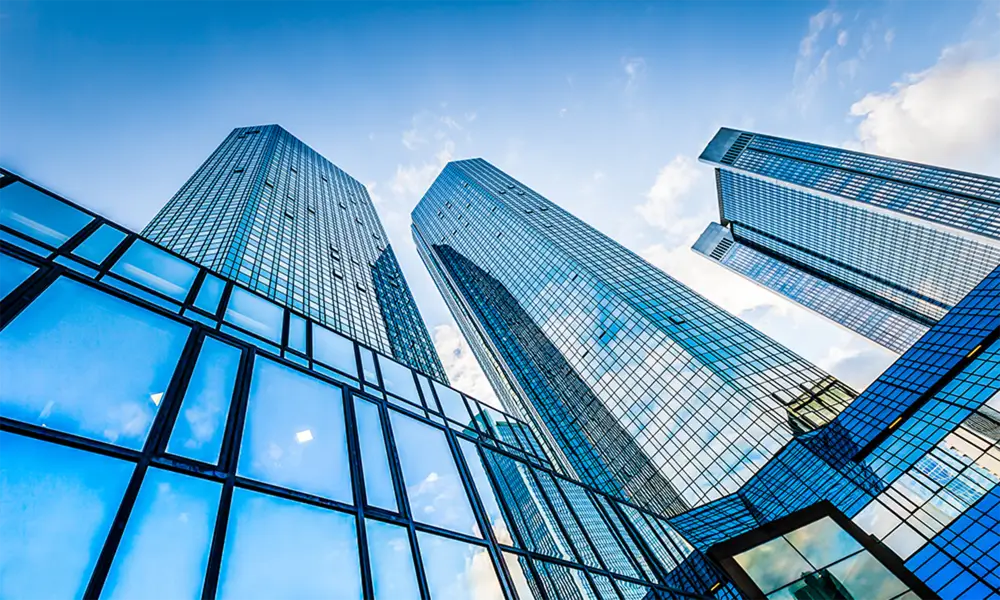

The Future of Privacy Exploring Reflective Privacy Glass
In an increasingly transparent world where privacy feels like a luxury, innovative technologies such as reflective privacy glass stand out as a compelling solution. This advanced glazing technology not only offers practical advantages but also redefines our understanding of personal space in both residential and commercial environments. As we delve into the multifaceted benefits of reflective privacy glass, we can appreciate its potential to enhance our daily lives while ensuring that privacy does not become a relic of the past.
What is Reflective Privacy Glass?
Reflective privacy glass, often referred to as one-way glass or mirror glass, is a type of tinted glass that provides a visual barrier while allowing light to penetrate. During daylight, the external surface exhibits a mirror-like finish, preventing outsiders from peering in. This feature is particularly desirable for applications such as office buildings, conference rooms, and private residences, where occupants desire a sense of security and confidentiality without sacrificing natural sunlight.
The glass works on a simple principle it reflects more light than it transmits. Consequently, when the exterior is brighter than the interior, individuals inside can see outside clearly, while those on the outside see only a reflective surface. The effectiveness of this privacy feature can depend on factors such as lighting conditions, so it is most efficient during the day when the sun is shining.
Benefits of Reflective Privacy Glass
1. Enhanced Privacy The primary benefit of reflective privacy glass is its ability to provide the occupants with privacy while allowing visibility outside. This feature is essential for environments such as medical facilities, offices, and homes where confidentiality is paramount.
2. Energy Efficiency Reflective glass can significantly contribute to energy savings. By reflecting solar heat, it helps reduce the need for air conditioning in warmer months. This not only lowers energy bills but also reduces the overall carbon footprint of the building.
3. Aesthetically Pleasing The sleek, modern appearance of reflective privacy glass can enhance the architectural design of a building. Its reflective surface can create unique reflections and visuals that add character and sophistication to any structure.
4. UV Protection Reflective glass often comes with coatings that block harmful ultraviolet (UV) rays. This feature protects occupants from skin damage and prevents fading of furniture and décor, thereby extending the lifespan of interior elements.

5. Security The use of reflective privacy glass can also enhance security. The reflective surface makes it difficult for passersby to see inside, thereby deterring potential burglars or prying eyes. This added layer of security is particularly advantageous for ground-floor windows.
Applications Across Industries
The versatility of reflective privacy glass allows it to be used in various sectors. In the corporate world, it is utilized in office buildings to create conference rooms and executive offices that require discretion. In healthcare settings, it can be seen in patient rooms and waiting areas, providing privacy while allowing staff to monitor the environment easily.
Residential applications also abound. Homeowners increasingly opt for reflective privacy glass in windows and sliding doors. It provides the dual benefits of uninterrupted views and seclusion from neighbors and passersby. Additionally, the glass can be employed in outdoor structures such as pergolas and sunrooms, creating serene and private spaces for relaxation.
Future Trends and Innovations
As technology advances, the capabilities of reflective privacy glass are set to evolve further. Innovations may include electrochromic glass that changes opacity with a simple switch, allowing users to control their level of privacy seamlessly. Smart glass technology integrated with home automation systems could enable homeowners to adjust their privacy settings depending on the time of day or personal preference.
Moreover, as urbanization continues to rise, and the demand for real estate in crowded areas intensifies, the need for privacy-enhancing solutions will become even more critical. Reflective privacy glass could lead the way in meeting this demand while promoting energy efficiency and aesthetic appeal in modern architecture.
Conclusion
Reflective privacy glass is more than just a building material; it's a testament to our evolving relationship with privacy in an open world. As we embrace this technology, we find a balance between the desire for transparency and the fundamental human need for seclusion. With its myriad benefits and applications, reflective privacy glass promises to shape the future of architecture, ensuring that personal spaces remain sanctuaries of comfort and security.